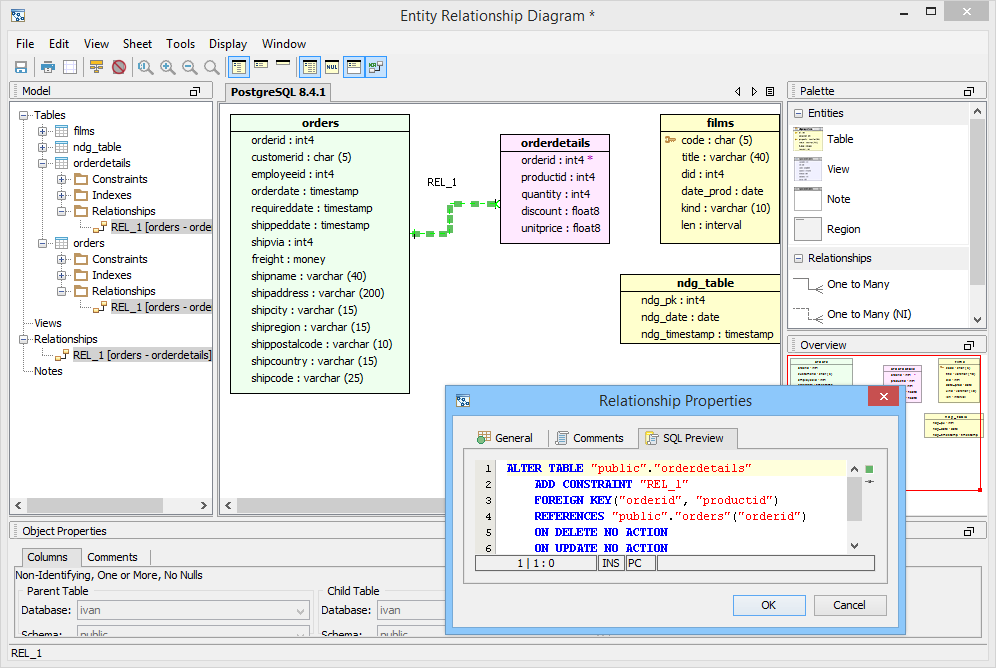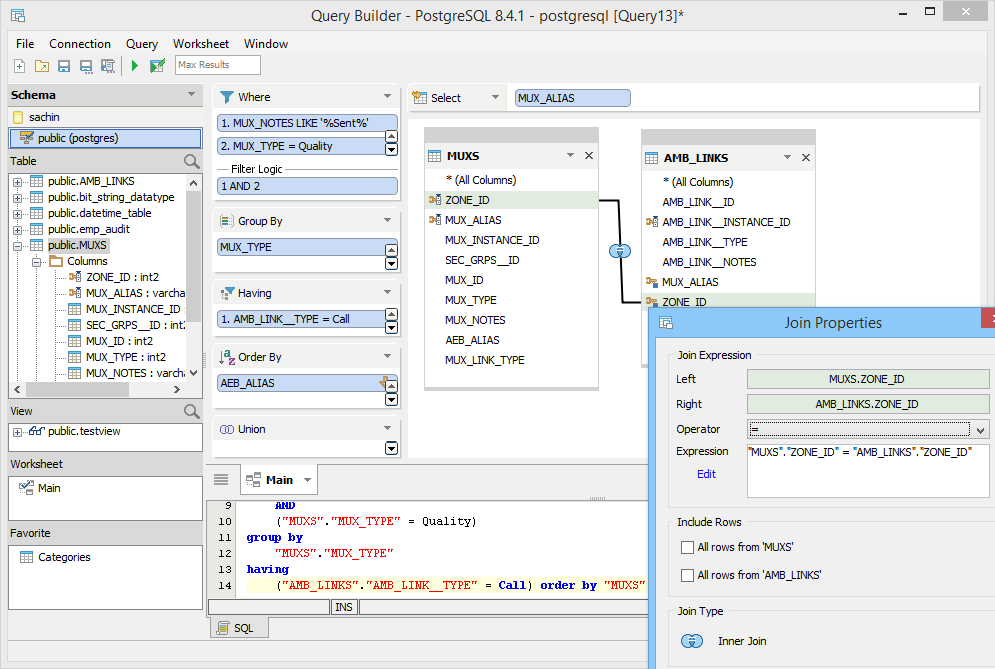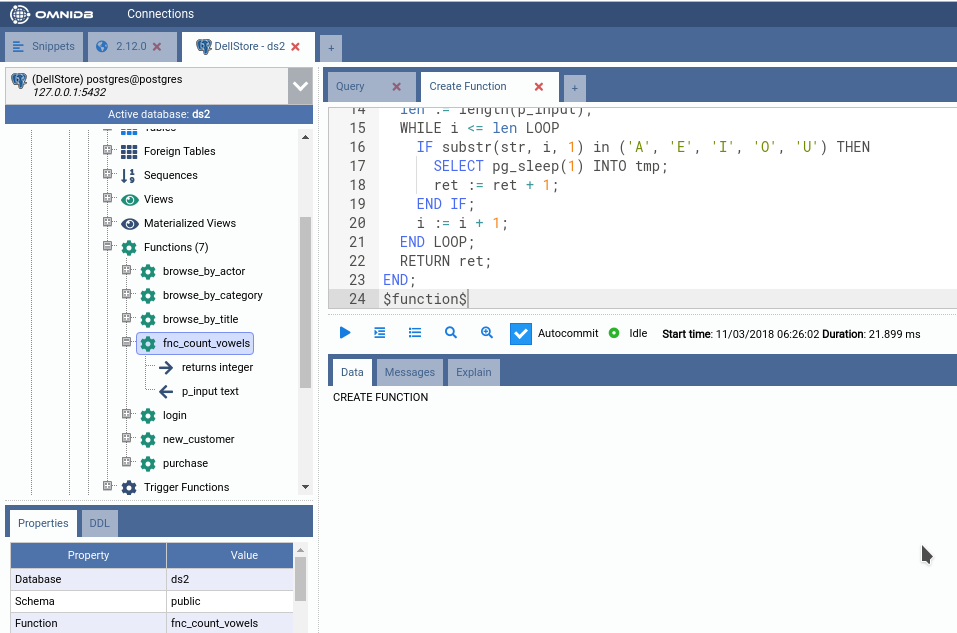

Select the OK button if the connection is successful. You will receive a message telling you if the connection was successful at the top of the form. You will be asked to enter your database credentials at this point if you used the second less secure method above. Press the Test Connection button towards the bottom of the dialog. No matter which authentication method you use, you will need to test the connection. Anyone who has access to your QGIS file will have your database credentials as well. The problem is that your credentials will be stored in a text file associated with the QGIS file.
Postgresql database management tools password#
The less secure alternative authentication method is to enter the user name and password you set for the database.

I believe you can come here and delete the authentication and reconnect to the database. You can delete authentication files and change passwords from this dialog.

You will see the master password you just created. Go down to the Authentication tab on the left. To manage your master password, go to the Settings menu and select Options. It is essential that you keep up with this because, as the dialog says, “Not retrievable!” You will be asked to create some information that will be associated with the master password. You will receive a dialog asking for your NEW master authentication password. With the more secure method, you create an authentication configuration that will be stored on your machine with a master password. The host can be found back in pgAdmin under the database properties or on the AWS console under the RDS’s Connectivity & security details under “Endpoint.” You will need to enter your host IP and the database name. The name can be anything you want as long as it helps you distinguish your database later from other connections. The database connection dialog will appear. You can also use the PostgreSQL tab in the Data Source Manager. From the Browser pane, right-click PostGIS and select New Connection. You will first need to connect to the database. It feels more native to me based on previous experiences. While you can do a lot of management tasks in pgAdmin, I prefer QGIS for managing PostGIS because it is similar to the ESRI database management tools for ArcSDE and file geodatabases. To add a new schema in pgAdmin, connect to your database, expand the server catalog, right-click schema and choose Create > Schema.

Tables are synonymous with the feature classes you use in a desktop GIS application.Ĭreating schemas and tables can be done with both pgAdmin and QGIS. Tables are used to store the spatial and nonspatial data within the schema. You can think of them as file folders in your database to store tables and create rules among the contents within. First, schemas are a way to organize related data. I want to begin by clarifying a couple of commonly used database terms. The good news is that managing the geodatabase is much less complicated than setting it up, and the tools in QGIS make database management tasks super easy. In this post, I will discuss managing your GIS architecture. This article is a follow-up to my tutorial on deploying an open-source GIS architecture on AWS.


 0 kommentar(er)
0 kommentar(er)
